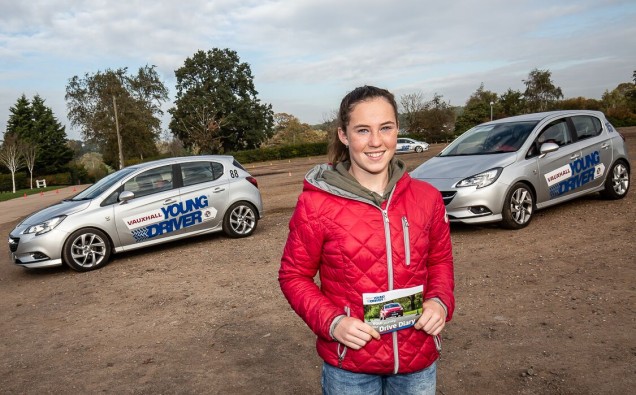New research has revealed that 60 weeks is the average amount of time motorists think it takes to become a ‘good driver’ after passing your test.
The research, conducted by Young Driver, the UK’s largest provider of pre-17 driving lessons, found that on average people believe it takes well over a year of experience behind the wheel to become confident with the skills needed. More than one in six (17 per cent) believe it takes over two years.
Newly qualified drivers are statistically more likely to have an accident behind the wheel, with one in five involved in a collision within the first six months after passing their test. One in four of the 1000 motorists Young Driver questioned (26 per cent) admitted they were an extremely nervous driver after passing their test, whilst one in 10 said they were over-confident behind the wheel – both of which, combined with a lack of experience, could cause dangerous driving situations.
It’s estimated that the average British learner only has 40 to 50 hours of driving practice under their belt before they pass their test* and Young Driver is urging parents to help their youngsters get more experience before they get to the test centre and start driving solo.
The company has published a book by motoring expert and TV presenter Quentin Willson which is aimed at helping parents and teens improve the learning to drive journey. ‘Learn to Drive without Tears and Tantrums’ encourages parents to take their children out in their cars for additional practice once they reach 17 and offers simple advice on how to keep the process productive and stress-free. Young Driver’s research shows that one half of parents (54 per cent) get behind the wheel with their children whilst they’re learning – but those that do may inadvertently be causing confusion.
Quentin Willson said: “Although parents often have great nostalgia around learning to drive, the reality when they get behind the wheel with their child can be arguments, stress and tears. Most parents learnt to drive decades ago and the test has changed dramatically since then, meaning they can give conflicting advice, confusing the learner. They aren’t aware that the test now includes Sat Navs, independent driving, mechanical questions, new parking manoeuvres, and that learners should have some approved motorway tuition, which was previously illegal. I’ve written this book in an easy-to-read style with lots of illustrations because with preparation and planning, parent, child and approved driving instructor can make a really strong team, leading to the best possible outcome in terms of creating a safe, confident and skilled driver. And that’s good news for all road users.”
Young Driver aims to help young people get experience behind the wheel before they even reach the age of having a provisional licence. The scheme has delivered more than 740,000 lessons to children aged 10-17 at 65 venues across the UK.
For more information about Young Driver or to buy ‘Learn to Drive without Tears and Tantrums’ (priced £9.99) visit www.youngdriver.com or call 0333 577 9010.
















